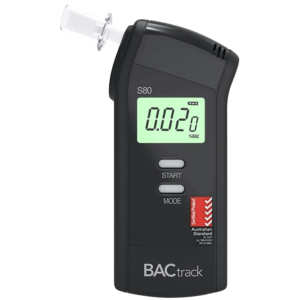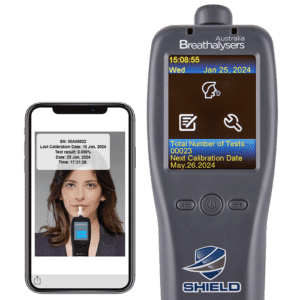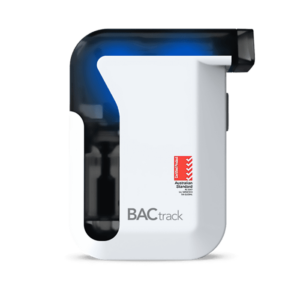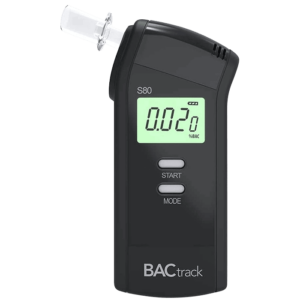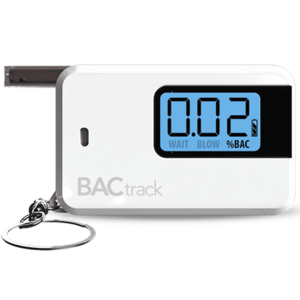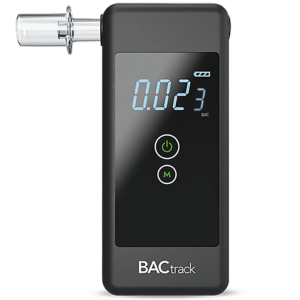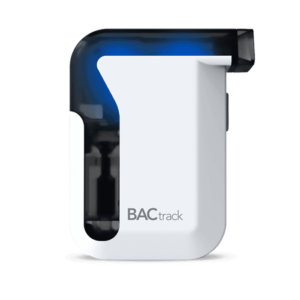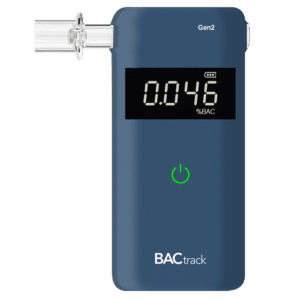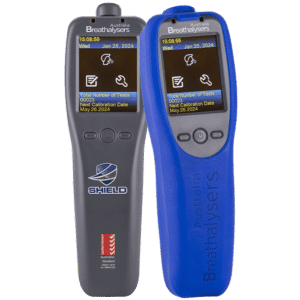Alcohol Drug Test Detection: Benefits, Types, and Implications
05 January, 2024

Alcohol drug test detection offers several benefits. It helps ensure road and workplace safety by identifying individuals under the influence of alcohol or drugs. This can prevent accidents and promote a productive environment. In healthcare settings, alcohol and drug tests are used for treatment monitoring of patients. There are different types of tests, including urine, saliva, blood, and breath tests. The implications of positive test results can be serious, ranging from mandatory rehab programs to employment termination.
The impacts of alcohol misuse and illegal drug abuse are widely recognised. It can result in a decrease in competency, impaired decision-making, as well as physical and mental health problems. For this reason, many employers now require their employees to undergo alcohol and drug testing. This article will present the benefits of alcohol and drug tests, including the types of tests and implications of a positive test result.
Benefits of Alcohol and Drug Test Detection
Alcohol drug test detection provides numerous benefits in various settings. In the workplace, it helps ensure a safe environment for employees. It reduces the risk of accidents or errors due to the effects of alcohol or drug consumption. Employers can identify employees with a potential drug or Alcohol Use Disorder (AUD) and provide the necessary support for their recovery. This is especially crucial in safety-sensitive positions.
On the road, alcohol and drug tests enable law enforcement officers to identify impaired drivers. Hence, these tests help prevent accidents by detecting the presence of alcohol and drugs, thereby potentially saving lives. They also act as a deterrent to those considering driving under the influence. Ultimately, this approach contributes to making the roads safer for everyone.
In treatment centres, healthcare professionals use the test to monitor patients and ensure adherence to their treatment plans. It aids in identifying potential health conditions related to drug and alcohol consumption, enabling timely intervention and support. This active approach contributes significantly to the overall effectiveness of the treatment and the well-being of the patients.
When to Conduct the Testing?
- Health monitoring – Substance screening involves taking periodic samples from workers or patients to observe trends. It reveals any potential risks of substance use that require further action.
- Random testing – Employers and authorities typically conduct this. It involves selecting employees or individuals without any specific suspicion. This deters potential substance abuse in the workplace or on the road.
- Post-accident – Drug and alcohol testing helps identify any potential substance use that could have played a role in an accident.
- Legal proceeding – alcohol and drug testing result is often used to verify sobriety during court proceedings. Subsequently, it can help prove guilt or innocence.
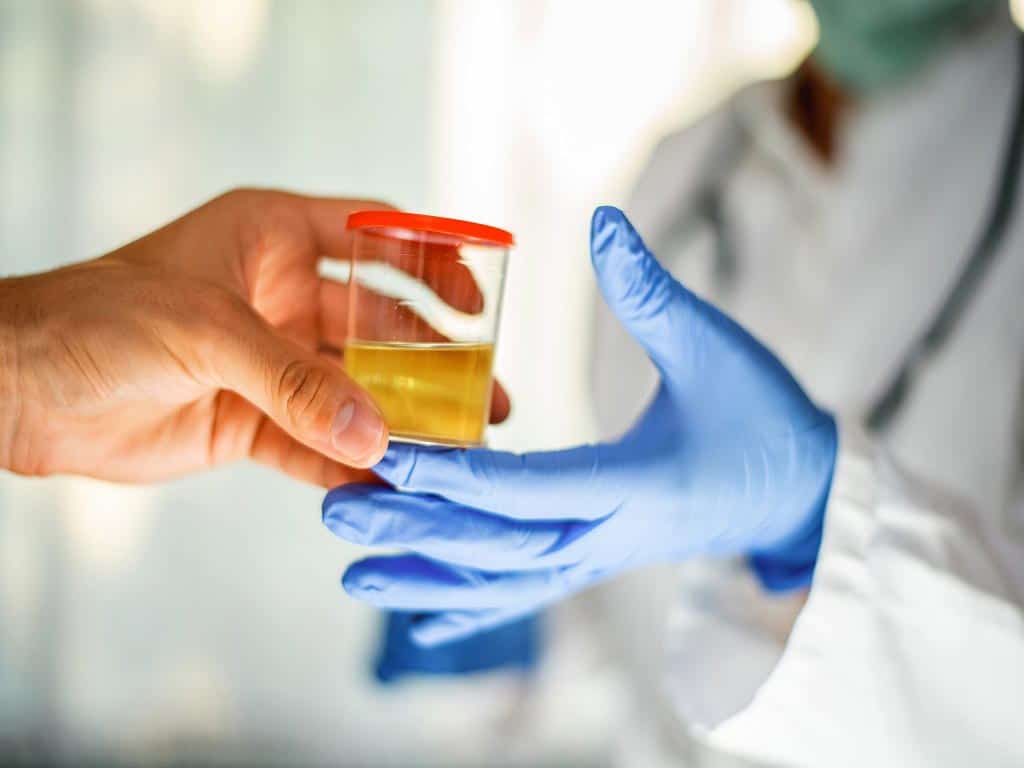
Types of Alcohol and Drug Test Detection Methods
There are several types of alcohol drug test detection methods. One of the most widely used methods is a breath alcohol test. A breathalyser captures the exhaled breath and measures the Blood Alcohol Concentration (BAC). A breath test is a quick and non-invasive method, making it a convenient testing option for alcohol detection.
The second method is the urine test. It is a cost-efficient option for detecting alcohol and illegal drugs in the system because it is easy to administer. In addition, most workplaces and rehabilitation facilities use urine testing because it can provide quick results. This method can detect substances in a urine sample for 48 to 72 hours after consumption.
Furthermore, oral fluid or saliva testing can detect alcohol and illicit drugs within 5 to 24 hours from the last use. This technique is non-invasive, as it collects saliva samples from the oral cavity. Lastly, the blood test is the most accurate method to measure the amount of drugs or alcohol in the body. However, it is also the most intrusive procedure and is often used for confirmatory testing rather than screening.
What Can be Detected?
Different substances can be detected in drug screening, depending on the type of test. The most common are recreational drugs and prescription drugs like marijuana, cocaine, amphetamines, opiates, and benzodiazepines. Urine and blood tests can identify these substances. The presence of these drugs in the body can indicate recent use and potential impairment.
Alcohol testing detects the presence of ethanol, the main component of alcoholic beverages. Ethanol can be identified through breath, blood, and urine samples. The presence of ethanol in the body can indicate recent alcohol intake and impairment. Additionally, tests can help diagnose and treat AUD.

Implications of a Positive Alcohol and Drug Test Detection Result
The implications of a positive alcohol drug test detection result can have severe consequences in various aspects of life. For individuals in the workforce, it can lead to termination of the employment contract. Moreover, they may need to participate in drug and alcohol rehab programs. In other professional settings, such as healthcare or transportation, a positive outcome can result in losing their licenses. Hence, it impacts their ability to continue practising in their field.
A positive test result can impact custody battles, probation terms, and sentencing in criminal cases. Moreover, penalties for offenders may include payment of fines or participation in an alcohol interlock program. Therefore, understanding the implications of screening is crucial to seek the necessary support and mitigate any potential long-term consequences.
Furthermore, people with a positive test result may not receive health insurance coverage or face higher premiums. Even having a substance screening in the past can lead to the denial of life insurance coverage. Also, a positive test outcome can result in being denied educational opportunities, such as college scholarships and admission into specific programs.
Factors that Can Influence the Results
Several factors can influence the screening test results. Firstly, the type of method and the time of collection determine the accuracy of the results. For instance, a breath test may show zero blood alcohol content after 12 hours. Meanwhile, a urine test may return a positive test due to the differences in the detection window.
Secondly, the intake of prescription medications may lead to a false positive. A person taking a cold medicine may receive a positive result for amphetamine due to their chemical structures. Furthermore, body mass, fat percentage, and age can affect the rate of metabolism of drugs and alcohol.
Conclusion
In conclusion, alcohol and drug test detection methods are vital for safety in workplaces, on roads, and in treatment centres. Breath, urine, saliva, and blood tests each offer unique benefits, ranging from quick, non-invasive procedures to highly accurate results. These testing methods play a crucial role in preventing accidents, supporting recovery, and ensuring adherence to treatment plans. Hence, they contribute significantly to public safety and individual well-being.
Testing positive for substances like marijuana, cocaine, amphetamines, opiates, benzodiazepines, or alcohol indicates use and potential impairment. This result can lead to serious consequences such as job loss, mandatory rehabilitation, loss of professional licenses, and legal issues. It can also impact insurance coverage, increase premiums, and limit educational opportunities. Several factors can influence the results. These include intake of prescription medications, type of test, time of collection, body mass, fat percentage, and age.



















